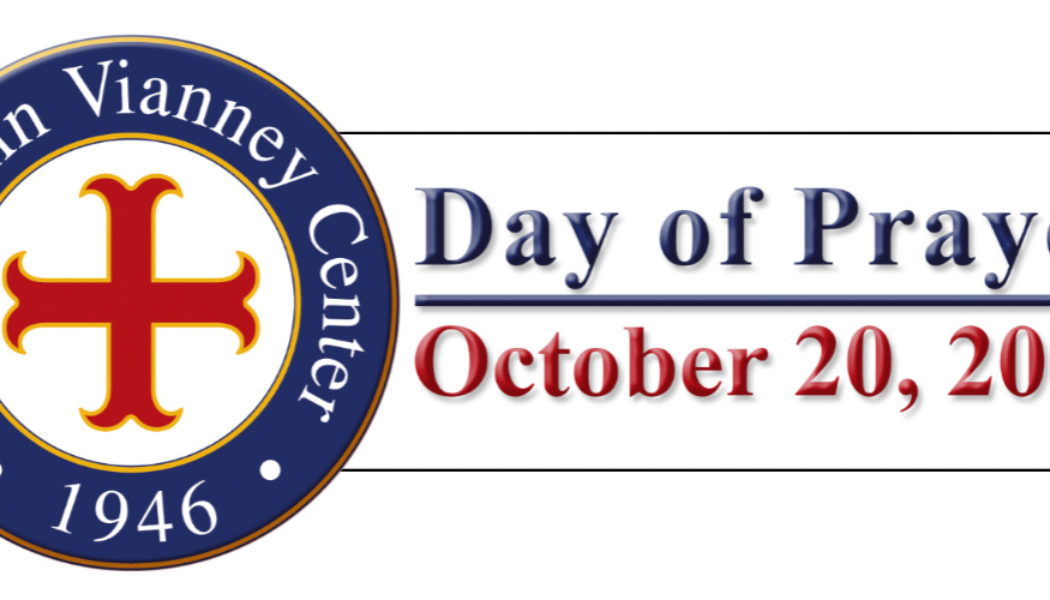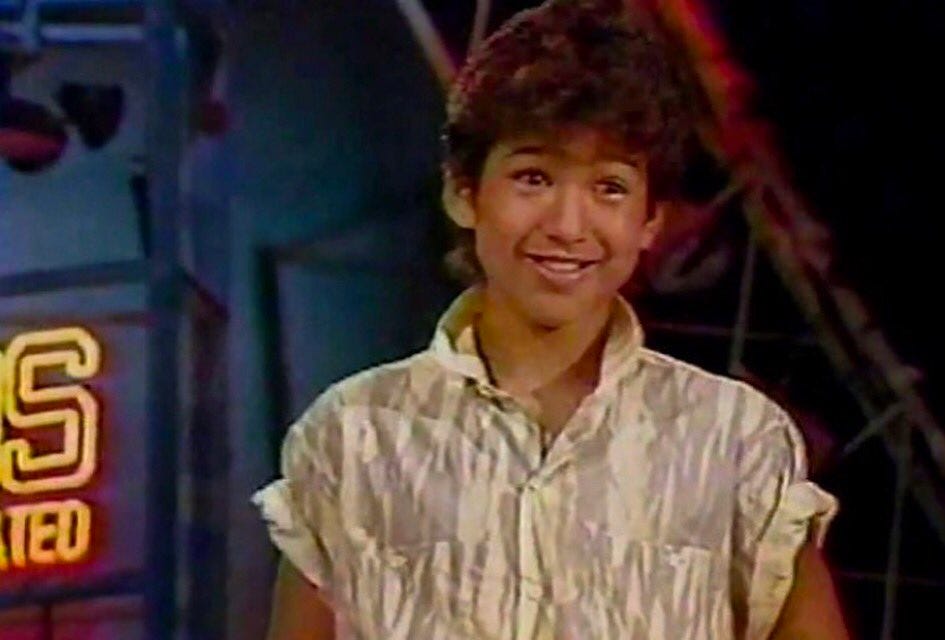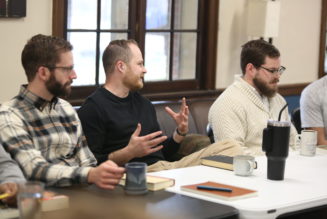Hey everybody,
Today is the second Tuesday in October, and you’re reading The Tuesday Pillar Post.
I was supposed to go to Israel next Saturday. Earlier this year, I was invited by friends to take a trip to Israel and the West Bank, organized by the Philos Project, a U.S.-based nonprofit that aims to encourage Christian engagement in the Near East.
I couldn’t wait to go.
I’d miss a few days of the synod on synodality, but I figured it was worth it to be where the Lord lived.
Given that “synodality” means “walking-together-along-the-way,” I figured that walking where the Lord himself walked would probably teach me more about synods than whatever I might learn over a few weeks of what’s happening in Rome.
It was to be a working trip — I planned to do some reporting on the situation of Palestinian Christians, and to conduct some interviews with Church leaders. I also hoped that God might put in my path a local journalist, the kind who might fit as a serious and stable freelancer for The Pillar.
About two weeks ago, I had to pull out of the Holy Land trip. I had an unavoidable family commitment that would cut the trip short, and — at the same time — the situation of the synod made clear that I should be in Rome this month as much as possible.
But on Saturday, I watched terrorism unfold across Israel, with most of the world watching too. (By the way, if you haven’t yet read this account of one family’s ordeal, you should.)
I thought about that canceled trip, about the violence I was watching, about my feeling of helplessness — and about what solidarity means.
Solidarity isn’t just a kind of sympathy for suffering people. Solidarity isn’t changing your social media profile pic to overlay the national flag of choice over your face. “Solidarity is not a feeling of vague compassion or shallow distress at the misfortunes of so many people, both near and far,” John Paul II wrote.
“On the contrary, it is a firm and persevering determination to commit oneself to the common good; that is to say, to the good of all and of each individual, because we are all really responsible for all.”
Talking about the virtue of human interdependence, John Paul added that “the exercise of solidarity within each society is valid when its members recognize one another as persons.”
Those are simple words, seemingly straightforward, perhaps even seeming self-evident or cloying.
But they’re not clichés to anyone who has ever tried to live them.
They demand that we concern ourselves to see eradicated — by grace — what John Paul II called “structures of sin.”
Now, this is the point in a successful newsletter in which the author is expected to proffer his own solution to the problems of the Holy Land.
But let’s be real. With more than 50 years of trying, no one has yet found a path to a “flourishing common good,” or even to lasting peace in the region. Humility demands admitting that few of us even grasp fully the scope of the problems for Israel and Palestine.
It would be foolish of me to dare offer a take on the problem — and it’s foolish of most commentators doing exactly that right now. (As satirized brilliantly here.)
I don’t know what’s needed in Israel and Palestine. But I know there are two things we ought to do.
The first is to pray for the peace that surpasses understanding. Only God can deliver it. May he do so swiftly.
The second is to take a lesson from the violence — a kind of examination of our own consciences.
You see, for Pope St. John Paul II, solidarity entails a shift in our worldview, and a shift in our behavior, even in our own sphere of influence and engagement.
“Solidarity helps us to see the ‘other’ — whether a person, people or nation, not just as some kind of instrument … but as our ‘neighbor,’ a ‘helper,’ to be made a sharer, on a par with ourselves, in the banquet of life to which all are equally invited by God.”
To the extent the Church has a prophetic mission in the Middle East today, that seems a vital part of it. To speak of our equality before God, the universality of human dignity, and the universal call to holiness — and to speak the truth that none of that can be lived but by grace, the presence of God amid a people.
But if we’re not the Church in the Middle East, it’s worth asking ourselves a correlative set of questions:
Which people are we willing to see as neighbors — on par with ourselves — and which ones are we not? Which “others” do we instrumentalize, and to what end?
Asked and answered, it’s probably next worth standing in the confession line, to start again.
That’s where solidarity begins. And we were reminded on Saturday just how sorely the world needs our “firm and persevering commitment” to the common good.
The news
After the terrorist attacks in Israel Saturday began a war, Cardinal Patriarch Pierbattista Pizzaballa released a statement urging de-escalation, and condemning “a cycle of violence” between Israelis and Palestinians.
To some observers, both Pizzaballa’s statement has become fodder for criticism, because it seemed to them an exercise in studied neutrality, and because it did not denounce directly the egregiousness of Hamas’ attack: the shooting of civilians in their homes, the children taken as hostages, the use of sexual assault as a weapon.
To unpack that, The Pillar spoke Monday with Fr. Antoine Levy, OP, who is Jewish and a convert to Catholicism, and who lives in Jerusalem.
The priest explained Cardinal Pizzaballa’s difficult position — that the roughly 50,000 Christians of Palestine face the prospect of lethal violence if they’re seen to take sides against Hamas, and they could face retaliation for their patriarch’s words.
“The patriarch is also caught in this fight, and he knows very, very well where right and wrong lie, but he can not take sides, because the majority of the Catholic faithful are Palestinians, so it’s true for him and for them — they cannot take sides, that would be very, very dangerous for them,” Fr. Levy told The Pillar.
The priest also discussed the pastoral priorities of the Church in Israel, and the prospect that the Holy See might help to mediate the conflict.
Read a unique voice from Israel, right here.
—
Discussion continues among Catholics about some ideas made public last week, especially regarding the prospect of liturgical blessings for same-sex couples, and the limits thereof.
But that discussion has prompted a rather straightforward question for some readers: What is a blessing, anyway?
What does it mean to bless someone? To bless things? What does St. Paul mean, when he tells Roman Christians to “bless those who persecute you?”
The Pillar’s Michelle La Rosa put together a primer for you — an explainer on all things blessed.
I hope it’s a blessing for you.
Archbishop-elect Linus Neli will have a very tough job ahead of him, shepherding a diocese where Christian villages are being set ablaze in a complicated ethnic conflict, which shows no sign of abating.
What’s happening in Manipur? Why should Americans take note? Read about it here.
This newsletter is sponsored by a Pillar reader who encourages you to join a Day of Prayer for the Health and Wellness of Clergy and Men and Women Religious, hosted by Saint John Vianney Center (SJVC) this Friday at 11:00 am EST.
SJVC provides mental health and wellness services for those who have given their lives to the Church. Find out more at: https://www.sjvcenter.org/dayofprayer/
In the Diocese of Green Bay on Monday, Catholics celebrated the Solemnity of Our Lady of Champion — the very first time that Our Lady of Champion was celebrated as a liturgical solemnity.
Never heard of Our Lady of Champion? Well, you’re not alone. But she is the only Church-approved apparition of the Blessed Virgin Mary ever to happen in the United States — so she seems an intercessory title worth knowing about.
The story of Our Lady of Champion is very cool. And you can read about her right here.
—
Finally in the news, a brief update on what’s happening in the synod on synodality.
Delegates to the meeting this week were charged with discussion on “communion, mission, and participation,” which the synodal documents call “three priority issues for a synodal Church.”
In practice, that means that small discussion groups are charged with a focus on welcoming, on inter-religious dialogue, and on ecumenism — which Cardinal Jean-Claude Hollerich characterized as a “commit[ment] with women and men of other faith traditions to justice, peace, and integral ecology.”
After they discuss those topics for a day and a half, the meeting will shift to the presentation of summary reports taken from each discussion group.
Participants also elected this week a kind of public information committee, which includes American Cardinal Joseph Tobin, and a committee tasked with “supervising, amending and approving” the development of a draft “synthesis report” which will summarize this first month’s session of the synod on synodality.
As a reminder, Ed and I head to Rome next week to cover the second half of the first part of the synod, or the period we think of as “the end of the beginning.”
—
If you’re not listening to Sunday School, you’re missing out on the best Bible Study podcast you can find. In this week’s episode of our study on Romans, Dr. Scott Powell breaks down the central question of St. Paul’s letter: “Can God be trusted?”
Listen to Sunday School wherever you get your podcasts, or listen right here.
Celebrity, incorporated.
Cultural critic Jason Farago wrote a very big essay published in the New York Times this morning, arguing that contemporary Western culture will be mostly forgotten, that “we are now almost a quarter of the way through what looks likely to go down in history as the least innovative, least transformative, least pioneering century for culture since the invention of the printing press.”
The problem, Farago says, is not that we lack content — indeed, we’re awash in it — but that we’re digitally unmoored from the linear experience of time, and from the progression that marks the development of culture.
That, he argues, helps to explain the endless repetition of formal and topical nostalgia — reboots and franchise repetition that dominate mass-market media and music.
“To pay attention to culture in 2023 is to be belted into some glacially slow Ferris wheel, cycling through remakes and pastiches with nowhere to go but around,” he argues.
That also explains, he says, the ubiquity of artistic moralizing for the issues du jour, and the posturing of political demonstration as art, which has become en vogue in many contemporary cultural scenes.
Farago argues that most of us view the development of culture through the lens of innovation — of taking old things, and changing them, reimagining them, or reshaping them.
“A work of art demonstrates its value through its freshness,” he says.
Farago urges a different approach — that we can create new cultural touchstones by eschewing nostalgia, while still drawing from the elements of our collective cultural history to express the epochal shift that the world has experienced, with artists “speaking out of parts of the past in a language that is their own.”
In short, he argues that art will again have something to say when artists recognize that the world has dramatically changed, and that even the forms of culture must change to accommodate both philosophical and technological transformation.
“We have every ability to live in a culture of beauty, insight, surprise, if we could just accept that we are no longer modern, and have not been for a while; that somewhere in the push and pull of digital homogeneity and political stasis we entered a new phase of history. We have been evading our predicament with coping mechanisms and marketing scams, which have left all of us disappointedly asking, What’s new? Surely it would be healthier — and who knows what might flower — if we accepted and even embraced the end of stylistic progress, and at last took seriously the digital present we are disavowing.”
A lot of that makes sense to me.
But I’d argue — or rather, Benedict XVI would argue — that lasting and meaningful cultural expression doesn’t depend on progress or innovation — but it does depend on expressing the search for God in the context of a particular people, from their own loves, and their own neuralgia.
Lasting human culture is not centered only around who we think we are, but what we most need, and what we most love.
The enduring human loves are the transcendent things — truth, beauty, and goodness — and the enduring human needs are for reconciliation, forgiveness, redemption, and an understanding of the meaning of our free agency.
Those things are worth saving which bespeak both the transcendent and the existential questions, but do it in the language of a particular world, drawing from its own signs and symbols. Enduring culture looks forward, not backward — even if it draws from the methods and wisdom of the past to express something compelling.
We have little of that created by serious and practicing Catholics today — leaving aside the most recent Nobel prize winner, a Catholic convert.
We have almost no literature, visual art, theater, or television and video games, for that matter, which can speak to every human heart about meaning and identity, in the fullness of Christian revelation.
I take it that most readers know that — that we mostly have niche piety art, or crayon-drawn synod art, or repetition of the forms and expressions of the past.
Many of those repetitions are quite beautiful, but they depict enduring truths through the lens of other eras, and therefore speak from a different starting point than that of the men and women of our own time.
So why is there little good Catholic art in the West today?
I’d argue it’s because we don’t have a forward-looking vision for the life of the Church or the life of believers — the life of grace — in our own experience.
We have some bromides and phrases. But do we know where the Church is going? Do we know how it will answer the great questions of own era? Do we know yet how it speak compellingly to the joys and hopes, griefs and anxieties of this age?
If we don’t, we’ll know immediately why most of the great expressions of the Church’s life, mission, identity — and her artistic answers to the enduring questions — come from other eras, in the expressions of other cultural moments and other times.
“Every genuine artistic intuition goes beyond what the senses perceive and, reaching beneath reality’s surface, strives to interpret its hidden mystery. The intuition itself springs from the depths of the human soul, where the desire to give meaning to one’s own life is joined by the fleeting vision of beauty and of the mysterious unity of things,” Pope St. John Paul II wrote.
If we have a crisis of Catholic culture, it might be that we have a crisis of interpretation — that we in the West really don’t see the hidden mystery of God’s movement in our own era and moment. That we’re in an era of confusion, and a fair amount of dispute — but that until there emerges from that confusion a kind of positive vision for the evangelical response to our moment, and the momentous mission of the Church right now, we’ll have bad art, cliche, or nostalgia.
In short, perhaps the crisis is that we really don’t know how the Church can say compellingly to our modern moment that Jesus Christ is the way, the truth, and the life. Or even whether she will.
We have a crisis of discernment, of interiority — and the fruit of that is bad art.
But it can be overcome. And when it is, it will be overcome by artists who are first mystics, who are so rooted in the interior life as to see the presence of God in the movement of the world and the Church right now, and then to depict it.
We should have our eyes open for those mystics.
Anyway, all of this is a bit of a distraction from what I meant to write about in my newsletter’s third section.
Today is the 50th birthday of Mario Lopez, the Access Hollywood, Miss Universe, and red carpet host extraordinaire, who — as it happens — is also a practicing Catholic.
Lopez is apparently known by an entire generation for being a celebrity’s celebrity — a known commodity, who shows up with a microphone at events to lend them the gravity of a famous person — he’s most famous for being famous, as it were.
I discovered that last week, when I learned that some of the younger members of The Pillar’s team had no idea that Lopez is most deservedly famous for his body of work as A.C. Slater, the jock of Bayside High, in the culturally important series “Saved by the Bell.”
To at least one person in The Pillar newsroom, it came as a surprise that Lopez had actually done something concrete, before he became a reliably mild-mannered microphone jockey dishing celebrity gossip or red carpet reviews.
But it turns out that Slater was an exception to the Lopez trajectory, not the norm. Because before he was Slater — when he was 10 years old — Mario Lopez played a cool-dancing, wisecracking version of himself, on a weird show called “Kids, Incorporated,” which, like the Mickey Mouse Club, ended up launching the careers of several “celebrity personalities,” known more for their affable existence than for any particular work.
On “Kids, Incorporated,” kids sang and danced to covers of pop hits, and were generally trained to become “celebrities,” with the particularities of their celebrity to be filled in later.
Consider that.
It’s an example of what I’m talking about. Mario Lopez, a talented actor, was formed to become a brand — “Mario Lopez, Inc” when he was a kid.
Acting, even on a goofy show like “Saved by the Bell,” was seemingly a distraction from the path upon which he was set. “Miss Universe host” was its more natural culmination.
In that media context, can we really expect lasting culture? Enduring expressions of the transcendent?
I don’t think so.
Ed, on the other hand, apparently watched “Kids, Incorporated” a lot when he was a kid. And he insists that it will be remembered, and beloved, by the descendants of our descendants. I’m not so sure. But if you’re a Pillar reader, Mario Lopez — well, thanks for reading. And thanks for your work as A.C. Slater. Do more of that. We need it.
Mario Lopez, and everyone else, be assured of our prayers, and please pray for us.
We need it.
Sincerely yours in Christ,
JD Flynn
Editor-in-chief
The Pillar
This newsletter is sponsored by a Pillar reader who encourages you to join a Day of Prayer for the Health and Wellness of Clergy and Men and Women Religious, hosted by Saint John Vianney Center (SJVC) this Friday at 11:00 am EST.
SJVC provides mental health and wellness services for those who have given their lives to the Church. Find out more at: https://www.sjvcenter.org/dayofprayer/
Comments 10
Services Marketplace – Listings, Bookings & Reviews













